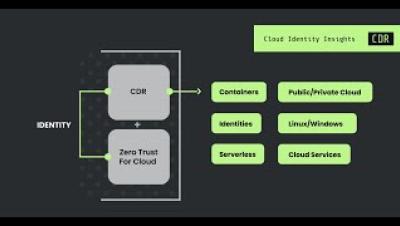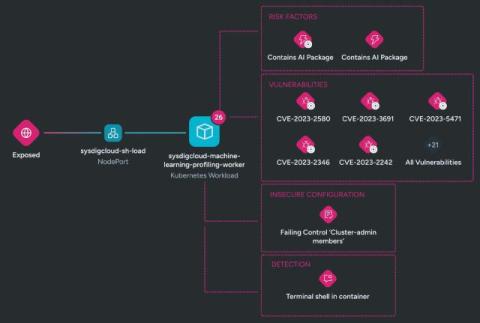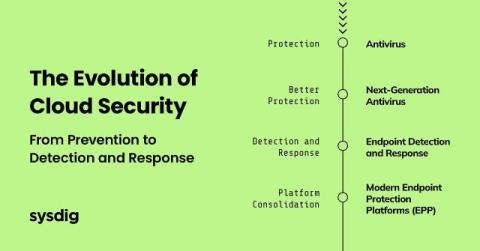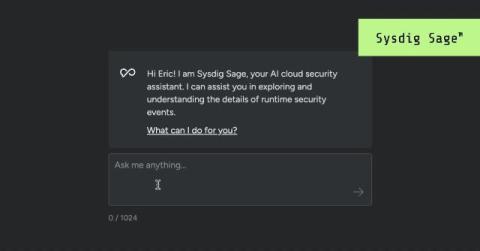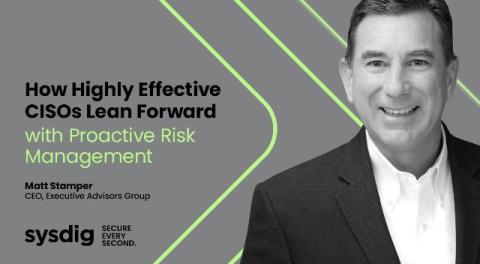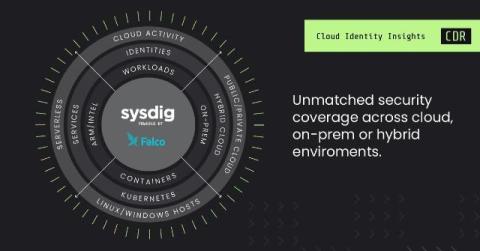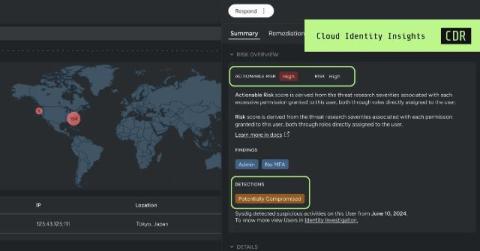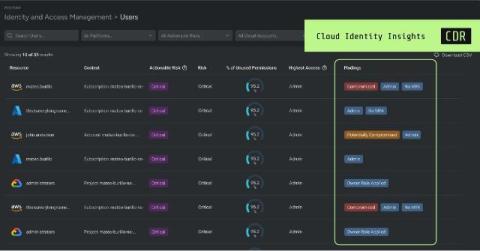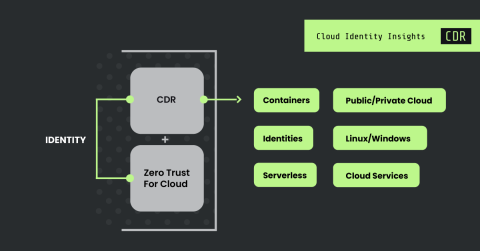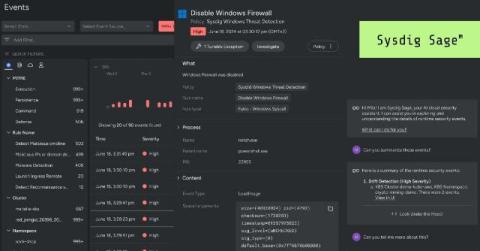On-Prem and Kubernetes: A delicate relationship
In cloud security, context is everything. In the previous two installments of our Customers Care Chronicles, we wrote about how a security vendor needs to be a true business partner and the potential headaches when migrating tools in the cloud. In this installment, we tackle another non-security concept that happens to be crucial for security: environment.




